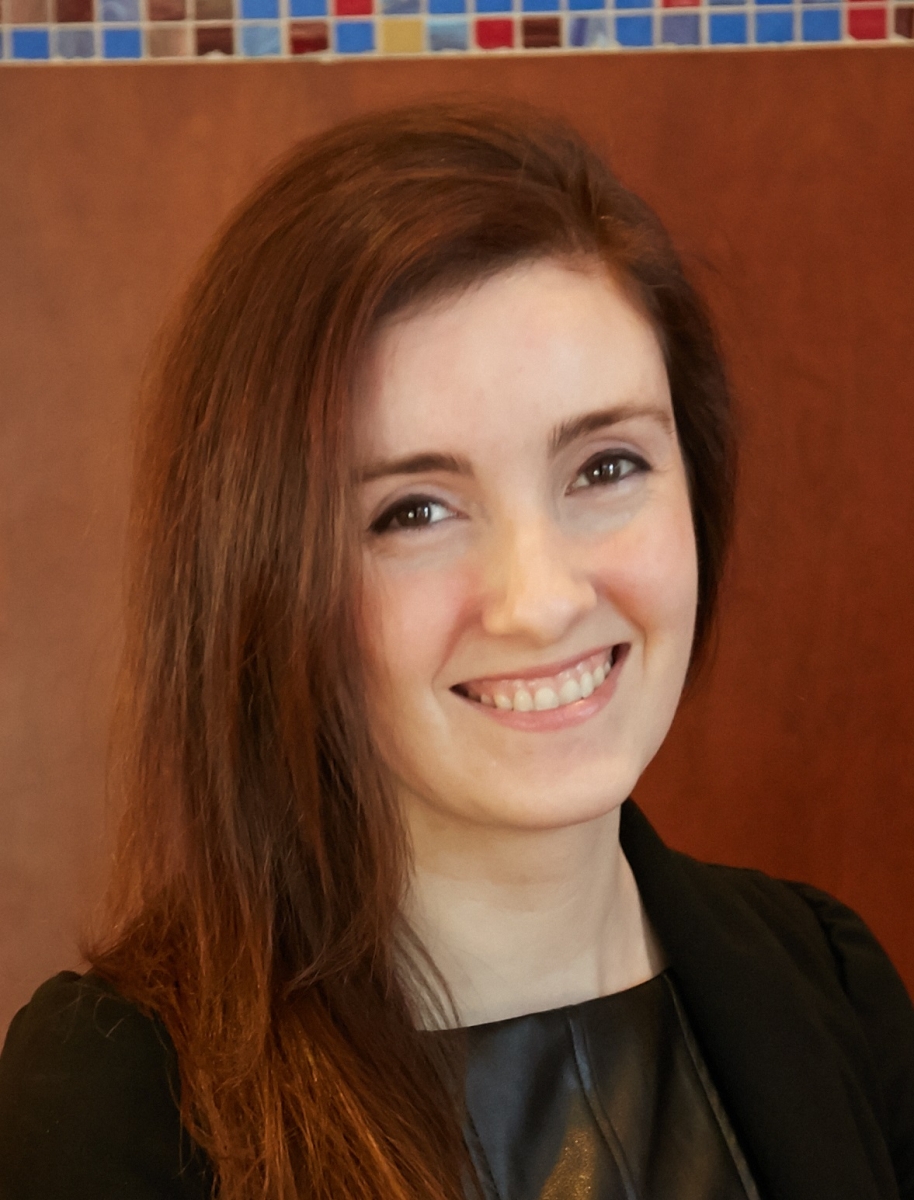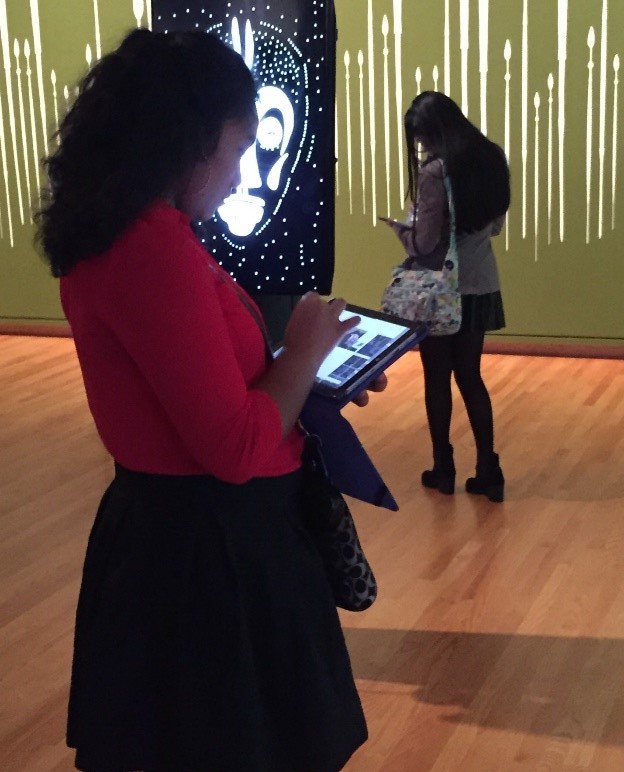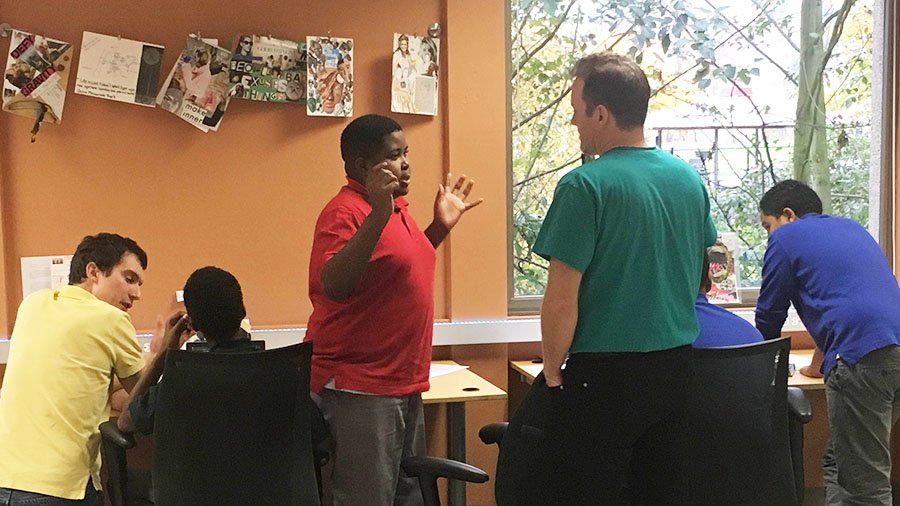Sometimes the little guy can teach the big guy a few tricks. Renton Prep, an independent school and Microsoft Showcase School which lies a few miles outside Seattle is setting an award wi nning example of differentiating instruction, technology integration and work in STEM.
nning example of differentiating instruction, technology integration and work in STEM.
For Dr. Michelle Zimmerman, Assistant Principal, Lead Teacher and Microsoft Innovative Educator Expert the answer was simple, embrace technology and take the kids out among real life to study the world—make them researchers who develop their own answers, make mistakes and correct themselves, with mentorship thrown in for a little control.
For Renton Prep’s work in this direction they were recognized by FETC with a STEM Excellence Award for excellence and innovation in the field of STEM. FETC’s STEM Advisory Board selected them based on their “use of Interdisciplinary Curriculum, Collaboration, Design, Problem Solving and the STEM Experiences offered.”
(In the photograph above, a Microsoft Sway team from Serbia receives feedback from the kids at Renton Prep for iterative design and new feature development in Sway)
Flipping the paradigm
“When learners become educators and educators become learners there is potential for transformation in ways we can't yet imagine,” says Michelle. “Researchers are constantly learning new things. When you pull that concept into the classroom it becomes a change agent that creates a new, deep level of learning and collaboration and exciting things emerge.”
She explained that technology becomes useful when it facilitates communication collaboration, design and creation of new knowledge. Human relationship, empathy, and compassion can then be further developed and become the underlying "why" to the purpose of learning. “Technology is great,” she said, “But we must foster in our children the will to use it to make positive impacts on the world and people around us.”
Michelle doesn’t fit many of the standard molds. She teaches fulltime in a non-traditional classroom where Middle-Schoolers and High Schoolers cooperate on project-based learning experiences using technology while conducting research outside and inside the classroom, and even outside the country with peers online.
A Ph.D. in Learning Sciences and Human Development helped prepare her to ask questions, seek answers, analyze data and create new forms of assessing learning. Much of what she does with her learners is very similar to the graduate school model she followed in school. She directs their learning and then supervises as a sort of mentor. In many cases the students themselves, ages 11 to 16, help develop their own assessments, establish criteria, and evaluate their own work providing evidence for how and why they met criteria.
Peer and self-assessment not only provides feedback quickly, it allows learners to argue for or against a position and gain valuable responseshttps://doc.co/Ci6dk3/nTs8. Michelle has found that this model increases accountability with the knowledge of a broader audience beyond the educator. It provides experience in similar skills as a dissertation defense, on a much smaller scale.
A new “classroom” model for teaching and learning
Some of the types of things you’ll see Michelle’s students do is give each other critiques and feedback on the research they’ve done. They can then revise and better identify logic or a rubric that isn’t working. Presentations of results on projects are done with the technology such as with a Sway or an interactive add in for PowerPoint, called office mix or a video that they make with a mobile phone or digital camera.
They develop and rework as they go through a project. And by seeing other kids work, they’re able to help identify solutions in their own work as well as better ways of presenting it, which is a valuable skill in today’s working culture.
Related Video: Remodeling the Classroom for Personalized Learning
“Pulling in multiple different types of online programs that we’ve been using—Florida Virtual Schools is one of them, and so is Red Comet and also Coursera,” said Michelle. “Kids get experience with all types of technical subjects and even practice with live College Professors which prepares them for life after high school. They get challenged, like what would you do if you’re sitting in a classroom with a Professor, how would you respond?”
They also use OneNote while researching and for collaboration between students and the teacher. Digital ink—writing with a digital pen on a tablet or Surface—allows students to draw, write, take notes and sketch directly on a screen. Fresh Paint, Snip and Office Mix all allow for projects with digital ink to be published and stored in the cloud. Docs then brings collections together and can be embedded as digital portfolios. All of a student’s information, as projects go along, is kept in the Cloud and accessible to anyone in the class, shared with parents or friends around the world.
A differentiated class project with rigor
“We knew that the kids needed Washington State History, either as Middle Schoolers or High Schoolers so the age range of kids we were able to involve was across the boards. We used a course from Red Comet as a platform to do the project,” stated Michelle.
She took the students to a Pompeii exhibit at the Pacific Science Center as it was a close analogy to Seattle’s own geography. Italy has Pompeii, Washington has Mount St. Helens and Mount Rainer volcanos, and Seattle is right along the water. 
They were able to compare their local region to that of Pompeii and Italy and look at the culture and the languages, the different trades and industries that developed out of those situations. Within Red Comet they studied about volcanos around the area and then they looked at what happened in the Exhibit and researched on their own about Italy and Pompeii. The students were able to create media projects to present their findings.
“This is a unique environment that we can create somewhat of our own path, we don’t have the same restrictions because we’re an independent school,” stated Michelle. “Being able to have the research foundation of why these types of things work, mixed with the interaction and collaboration between the students, it sparks creativity and critical thinking and pushes how far the learning goes. It sets them up for college and life like nothing I’ve seen.”
Is this possible at a large public school/district level?
An executive might consider that this isn’t for them, that it’s not possible at a larger public school/district scale and that it only worked because of the circumstances of a small, independent school. He or she might also consider that a public school has so many other problems—kids with behavior disorders or first-generation immigrants or no family support—that it wouldn’t work.
While theirs is a unique circumstance of size and independence, Renton Prep shares the same populations of students as its neighbor public schools in southern Seattle and Renton areas. The families are not wealthy and there are 27 ethnic groups with many first generation immigrants. Families, students and teachers are faced with the same challenges as any public school. In fact, the school’s budget is half what the other local public schools receive per child. Renton Prep made the decision to reallocate funds for textbooks into technology—a decision many public schools and districts across the U.S. are confronting right now.
Video: Michelle Zimmerman on Flipping the Paradigm
It’s a clear sign of success for Renton Prep, how technology, project-based learning and STEM have been combined for extraordinary outcomes.
Renton’s students have been requested to speak at events for Los Angeles Unified School District and to the Everett School Board in Washington State to share their story.
The point? Any school, no matter the diversity of their population, can do it. “It can work anywhere if we can do it,” says Michelle. “Even when there are barriers with home and parent communications.”
Michelle is convinced that whether you’ve got “one to one”, or you have “bring your own device” or the kids only have access to mobile technologies, there is still the ability to research multiple perspectives and get the kids thinking. Whether it’s an English class, a History class or a Science class, there’s a similar way of thinking that can be developed.











